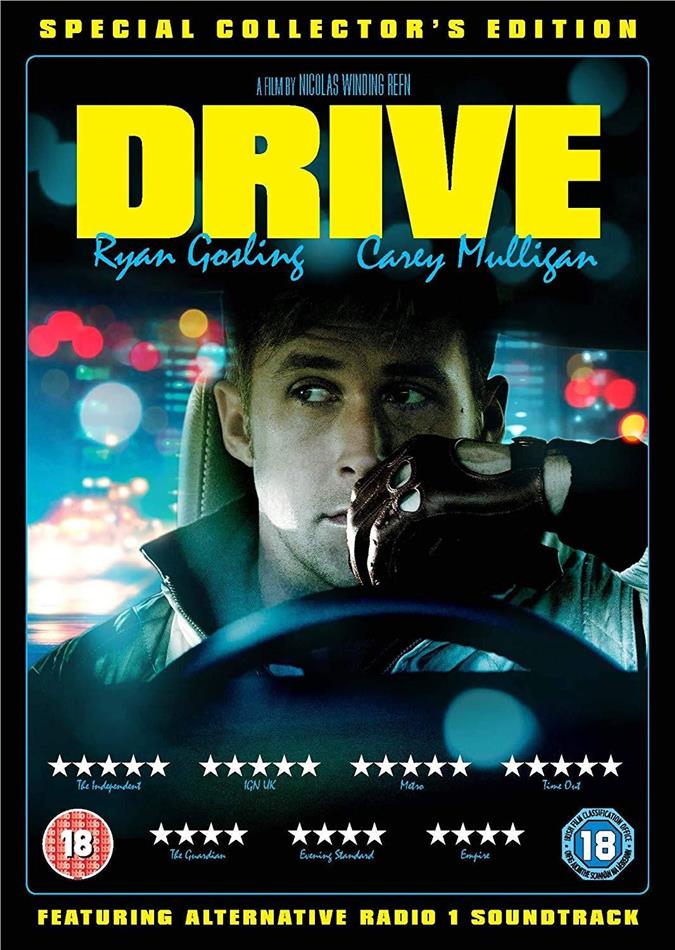

It’s in this world that we find the near-silent hero of ‘Drive’, Nicolas Winding Refn’s self-consciously slick, synth-scored throwback. These are movies informed by the city in which they were made, a city constructed of gleaming surfaces – six-lane highways, vast industrial wastelands and endless suburban sprawl – and a place where crime is grubby and small-time, carried out by empty, hopeless loners in hock to dapper despots with unpredictable personalities.


The truly great ‘LA noir’ movies – ‘Point Blank’, ‘The Driver’, ‘Straight Time’, ‘To Live and Die in LA’, ‘Heat’ – share common characteristics beyond the basic clichés of the crime genre. But while the original noir directors went to great lengths to mask the sunlit beauty of their surroundings, from the late ’60s another set of filmmakers took the staple elements of the genre – brooding heroes, gun-crazy villains, desperate dames – and brought them out into the light, making noir simultaneously more glossy, more vivid and, paradoxically, a whole lot colder. It’s been noted before that the irony of film noir was that it came from one of the sunniest places on earth – California.


 0 kommentar(er)
0 kommentar(er)
